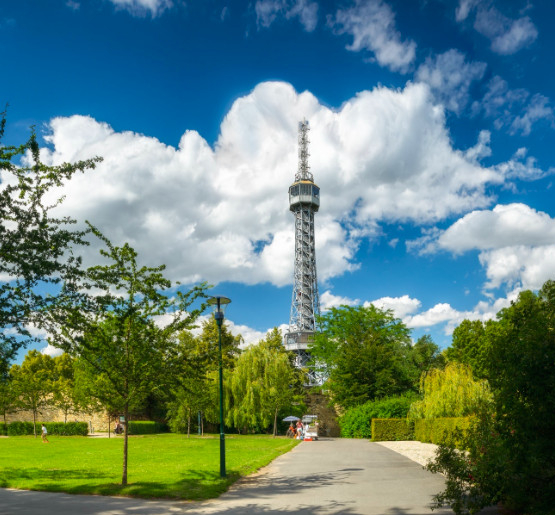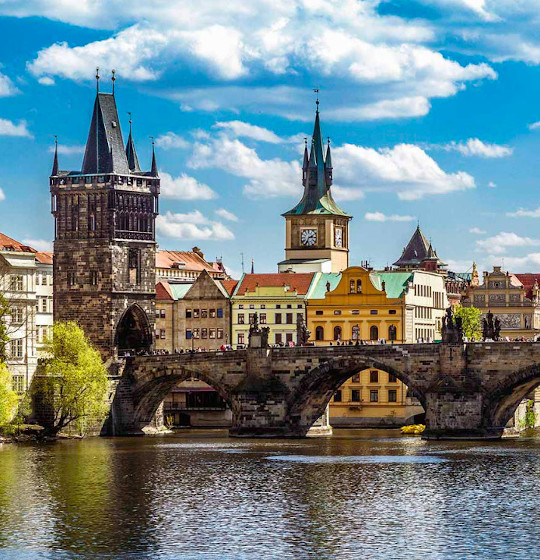
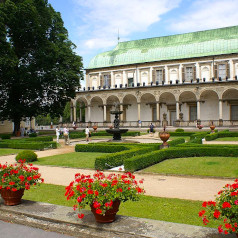

The Heart of Europe
The capital city of Prague
In Czech Praha, in German Prag. This city is the capital and the largest city of the Czech Republic. It is the 13th largest city in the European Union, situated along the beautiful Vltava river, inside the Central Bohemian Region, of which it is the administrative center. It is one of the oldest historical cities in the European continent. It is a highly economically developed and wealthy region with a high standard of living.
- A van of our offering
- Professional driver on request
- Foreign language interpreter and/or a guide
- Fast Wi-Fi connection on board the car
- A variety of amenities to make your trip more enjoyable
- Refreshments for the journey
Contact us
Mgr. Tomáš Hušek
+420 605 771 640
This email address is being protected from spambots. You need JavaScript enabled to view it.
This email address is being protected from spambots. You need JavaScript enabled to view it.
The sights of Prague
What we recommend visiting
The journey from Václav Havel Airport to the center of Prague takes approximately 30 minutes by car and the distance is around 15 km.
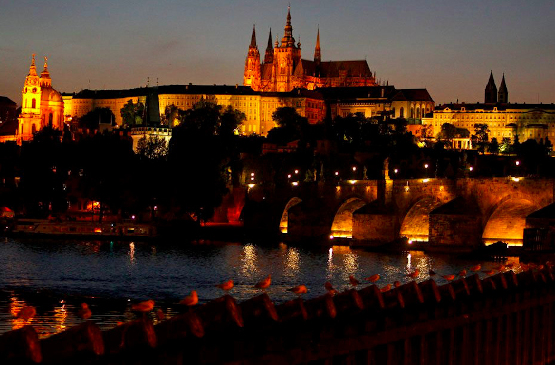
Prague Castle
The symbol of Czech statehood, the largest castle complex in the Czech Republic. Since the 9th century, it was inhabited by Czech princes, kings and presidents. Its buildings represent all of the existing artistic styles from Romanesque to Romantic Historicism. The dominant feature of the Castle is also the most important church of the Czech Republic - the Metropolitan Cathedral of Saints Vitus, Wenceslaus and Adalbert, also know simply as St. Vitus Cathedral.
The gardens below Prague Castle
One of the wonders of European garden architecture was created in the second half of the 18th century on the slope behind the Malá Strana noble palaces, mainly due to the influence of the architect Ignaz Jan Palliardi. Five of the most beautiful gardens were expensively reconstructed between 1988 and 2000 and connected into a complex. These are Italian-style gardens, built on sloping terrain and complemented by architecturally designed paths, retaining walls, staircases, arbors, viewpoints, fountains, sculptures and small buildings.
The Royal Summer Palace
The ornament of the splendid Royal Garden, founded in the northern fortification of Prague Castle behind the Jelení Příkop, is the Royal Summer Palace built in the years of 1538 through 1556, and dubbed “the cleanest Renaissance building” (mind that the word for clean and pure are the same in the Czech language) after the sound of water drops falling onto the flat bronze bowls of the building.
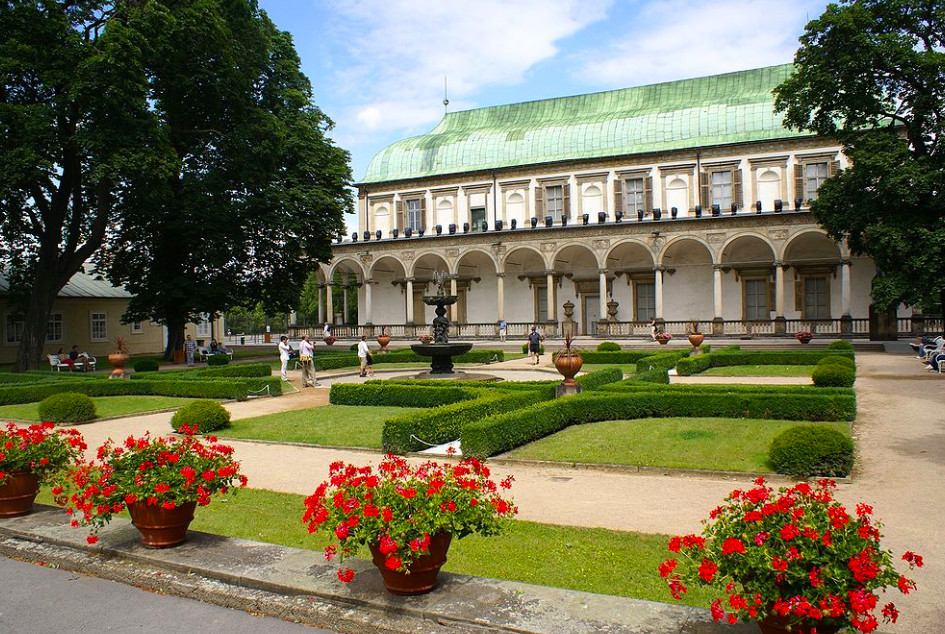
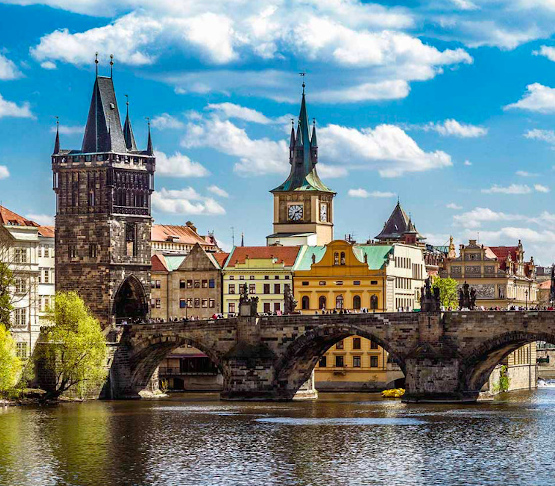
Charles Bridge
No bridge like Charles Bridge. We dare say none. The Prague’s landmark bridge was built as a work of high Gothic architecture in the second half of the 14th century to replace the originally destroyed Romanesque bridge. It was named Charles Bridge in honor of its founder, the Czech king and Holy Roman Emperor Charles IV. It is 515 meters long, 9.5 meters wide and consists of 16 arches. Its entrance is guarded by the Gothic bridge towers, of which the one dubbed “the Old Town Tower” stands out in particular with its magnificent stonework. The bridge was designed by the outstanding architect and sculptor Petr Parléř. The bridge is also famous for its unique gallery, consisting of thirty statues and sculptures of saints from the 17th through 20th century.
Petřín
The Petřín tower was built in 1891 in imitation of the famous Eiffel Tower in Paris. Compared to its French sister, it is about five times lower (60 meters high), but it makes up for the lack of height by its location, standing on a 318-meter-high hill, dominating over the Vltava River, so that the height advantage of the Eiffel Tower is not nearly as visible. From the top floor you have a beautiful view of Prague, however, you have to climb 299 stairs to reach this floor and the same number of stairs on the way down. The castle wall near the tower is called the Hunger Wall, supposedly because the Emperor Charles IV had it built to provide work for the poor people of Prague and to keep them from death and starvation in times of crop failure.
